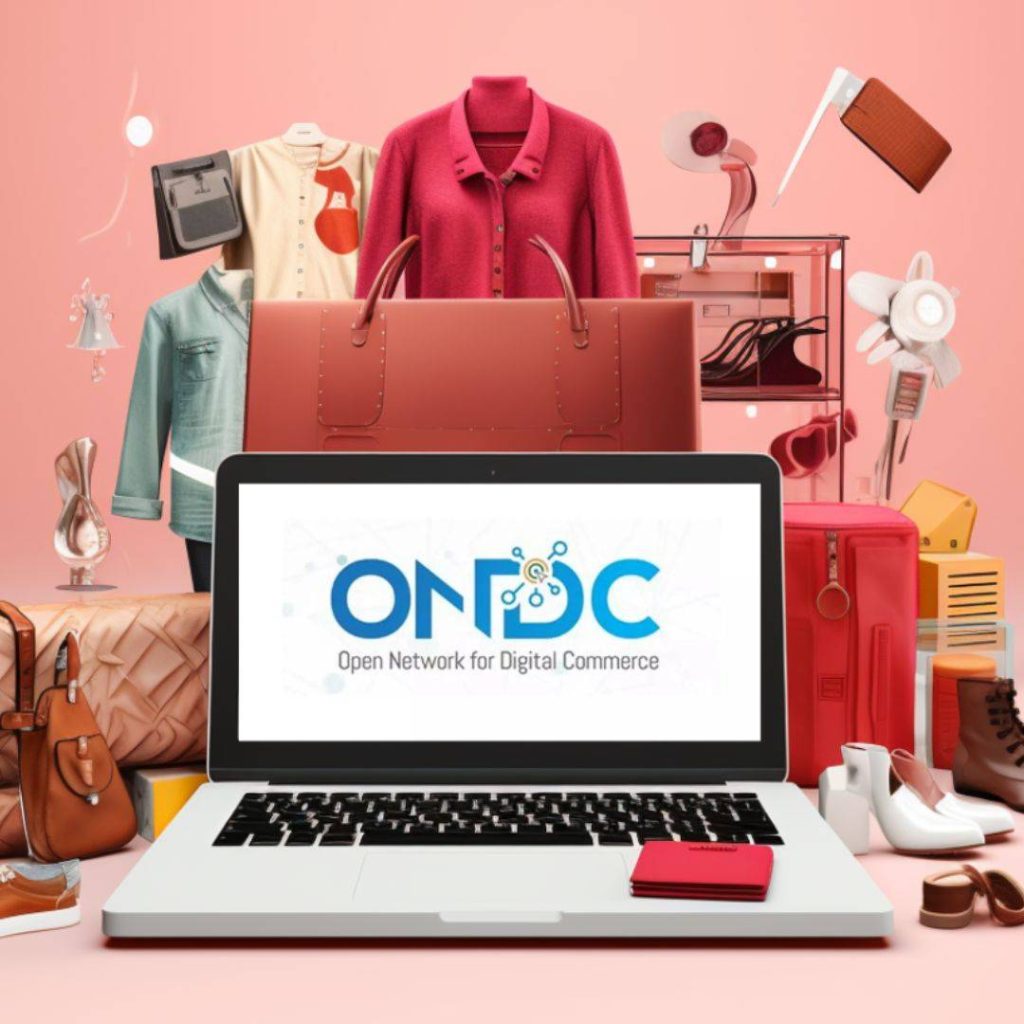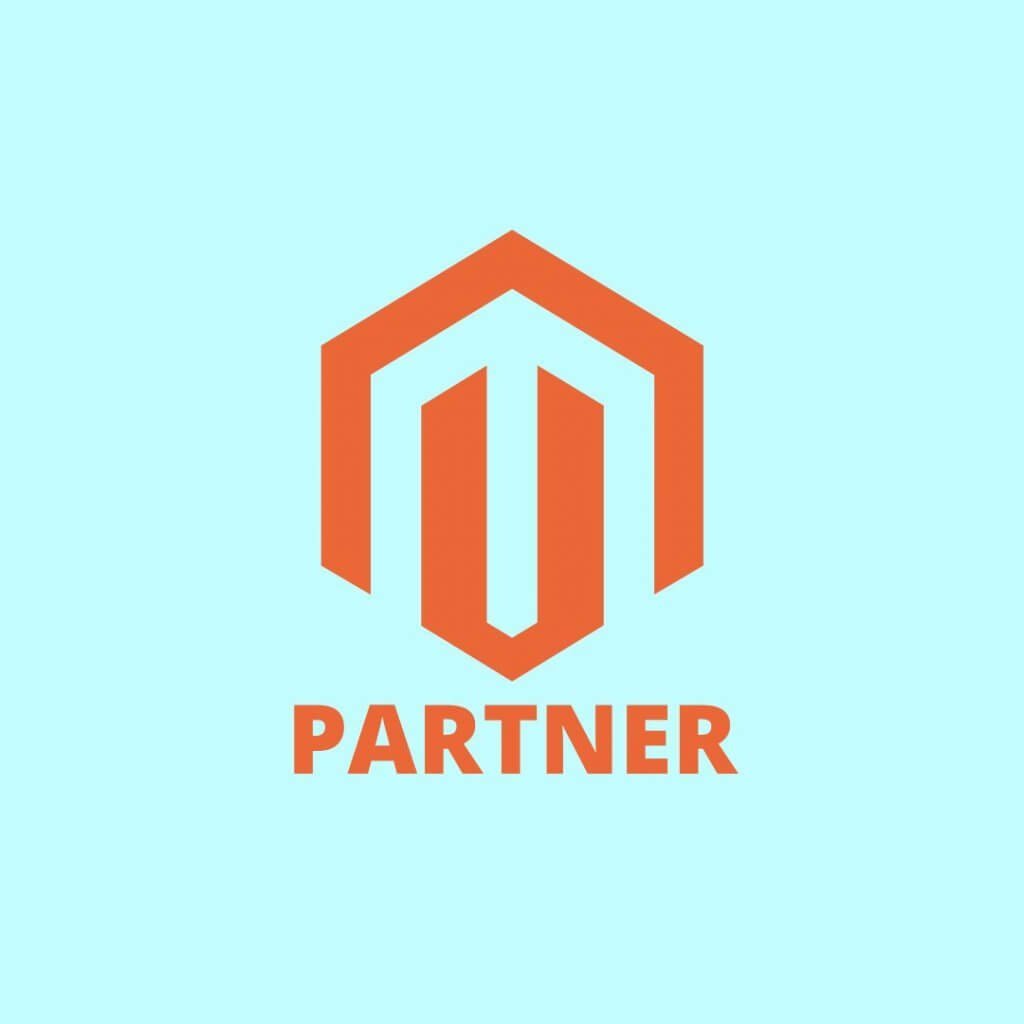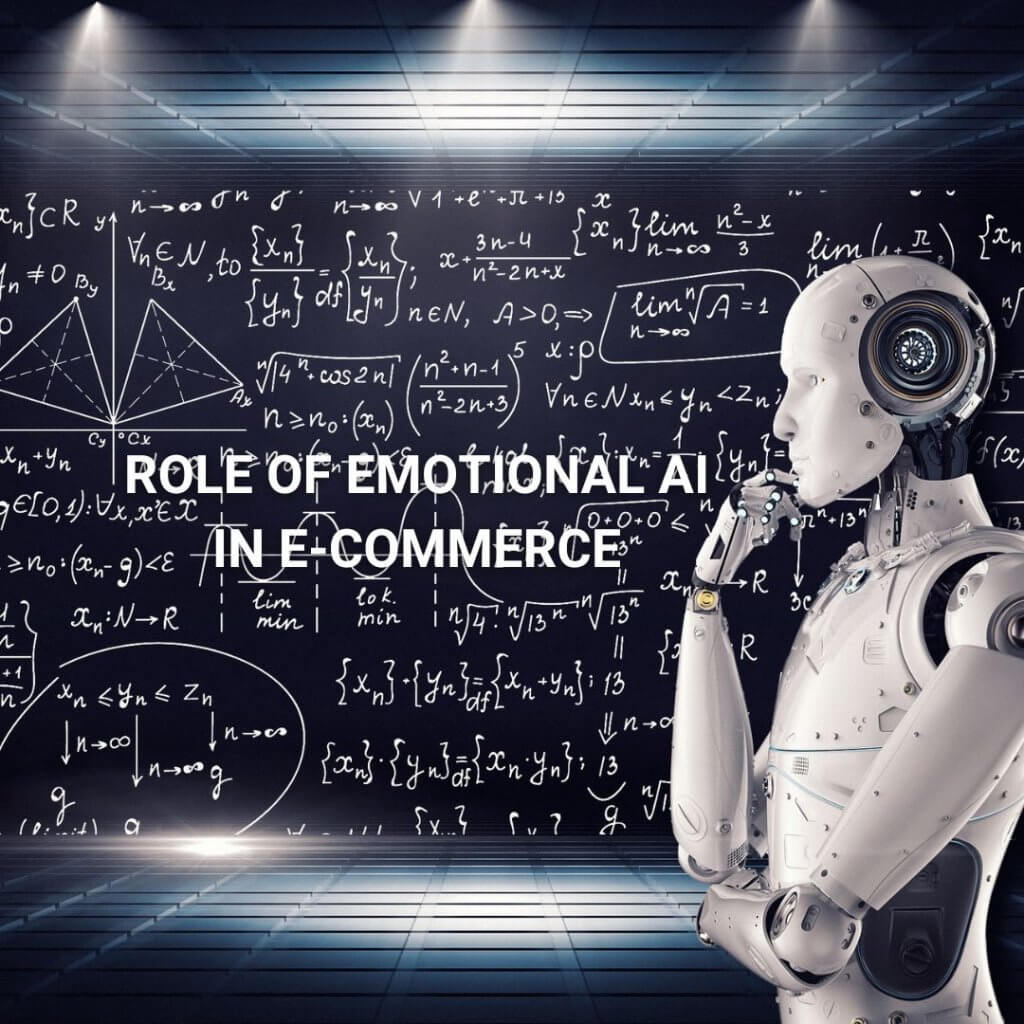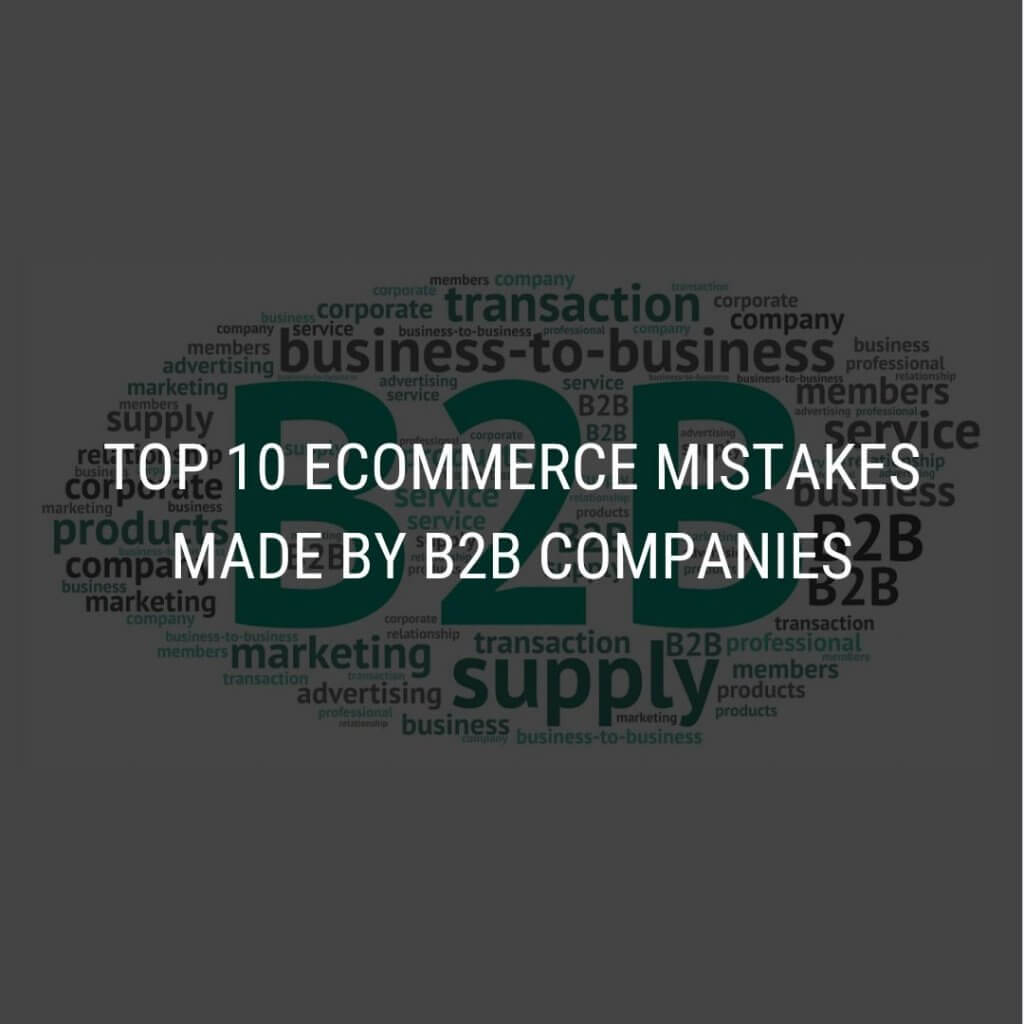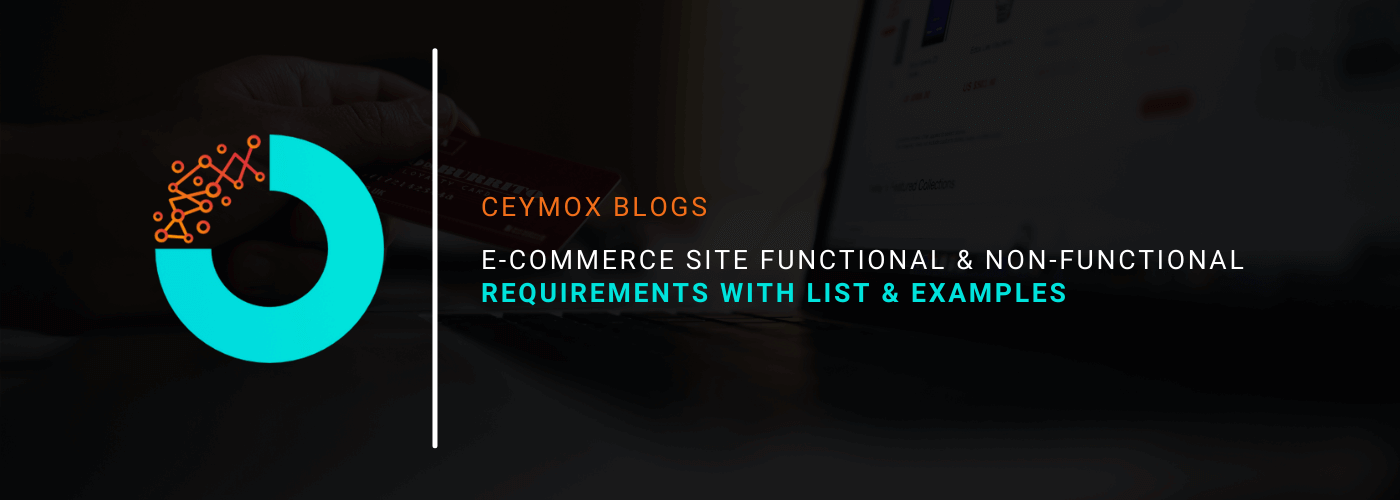
We must have heard that great businesses initiate with an idea, but now the functional and non-functional requirements are responsible for taking your e-commerce businesses too far. These functional and non-functional requirements are the major pillar of your e-commerce site. They articulate your needs and wishes and define the tasks of your e-commerce web development team. You can begin writing them after issuing the RFP of your e-commerce store so to have a clear vision of your website by the time you choose an e-commerce development company.
At Ceymox Technologies, the best e-commerce development company in India, we begin every project by clarifying the client’s functional and non-functional requirements. It helps in understanding the business needs of the client, and the client can adjust the project budget & scope for delivering positive shopping experiences on the website.
In this article, we will know all the different aspects of the functional and non-functional requirements and present a list of the most common ones. We will also share some tips on how you can organize the requirements and how they should look alike.
Functional & Non-functional Requirements – Differences and Definition
The major difference between the functional and non-functional requirements lies in their scope and purpose:
1. Functional Requirements:
These requirements are the what of your website i.e. it includes the functions and core operations of your e-commerce store which lets the users interact with your website. The FRs can be implemented as a single website feature and form the basis of the whole software development process.
Example: Adding the product filtering options in a home improvement e-commerce store such as price, popularity, power consumption, heating area, space (kitchen, bathroom, etc).
2. Non-functional Requirements:
These requirements are the how of your website i.e. they form the user experience of your e-commerce store and imply a different level of expectations. They can be the sum of the functional requirements and are implemented as a sum of web features. The common example is that users can easily find the products on the website and they should be captivating for the user.
Note:
Making changes in the requirements can also change the scope and budget of your project. It is not suggested to save on functional requirements which are the core of your project, thus don’t get shocked seeing so many of them in your website specification document. But give attention to the non-functional requirements which can increase the cost of your project.
If you can still accept the budget – great! The e-commerce store will be highly attractive for the customers which can deliver an optimal user experience. On the other hand, if you are having a limited budget then consider only the essential non-functional requirements which can satisfy your users. Ideally, you will want to find the golden mean between the functional and non-functional requirements for an e-commerce website and balance them as per your business goals and objectives.
Functional Requirements: The Core of your Website
Functional requirements are responsible for the behaviour of your website and can vary as per the needs and business industry niche. For e.g. the fashion e-commerce stores lets the customers choose different item attributes such as colour, size, sleeves, etc.; on the other side the travel companies may require a chatbot for providing user assistance, luxury goods or jewellery brands come with a zoom option on the product detail page. Here are the other important functional requirements that you must consider for your e-commerce store:
1. 3rd Party Integrations:

It is important to know which 3rd party integrations you will require on your newly developed e-commerce site. This functional requirement focuses on streamlining business operations such as ERP, CRM, PIM, and flexible payment gateways for the customers on your website. Determining the right 3rd party integrations for your website will make it structured and ready for business scaling in the future.
2. Mobile Responsive:

In today’s era, the most number of users for the website are coming through mobile devices especially smartphones. The numbers are only going to increase in the future. Thus investing in the development of a mobile-responsive website can earn you more than a few bucks. You will also get increased customer loyalty from the customers base.
You can use an analytic tool to study your audience and inquire about their devices. Know the position of essential buttons and options on the web pages. Change them accordingly for a better shopping experience (tip: place the checkout button within the reach of your customer’s thumb, as most people surf the website using a single hand on the mobile device).
3. Product Attributes:

The PDP will include different types of product characteristics and the e-commerce development company should know how to implement those features. Will, the customer chooses only product size and colour? Do you require videos on a product detail page? Will some product attributes appear in a menu like in a mega menu? Write down all the essential product attributes for your website.
4. Order & Checkout Flow:

It is important to mention how the orders will be processed in your e-commerce store on your functional requirements. In particular, you need to determine whether you want your site visitor to register on your website or he can make a purchase as a guest user. You can list the statuses of the orders you want to have which will be visible to both customers and the store admin. Explain how to manage the B2B orders. Basically, you have to be highly detailed about the order & checkout flow functionalities.
You have to also mention the discount and coupon policy at this part (if any). Whether they are to be handled at the checkout or directly on the PDP, you should include a separate functional requirement on them.
5. Social Sharing:

Presence on social media platforms is highly important for your e-commerce business. Letting a user share the content of your website on a social media platform will increase the awareness of your brand and brings you closer to your present and potential customers. Know about your target audience, and what social networks they mostly use. Allow your customers to share products, blog posts, and inspirational pictures by adding a corresponding button to their website.
Non-functional Requirements: The flair of your website
As we mentioned above, these requirements are responsible for the positive user experience and optimal website performance. The Bible of business analysts — BABOK — distinguishes between NFRs for merchants (e.g. maintainability, scalability, reusability) and for users (e.g. usability, security, accessibility). These are highly important at different stages of the business journey.
Here are the major non-functional requirements for which you must give high attention:
1. Usability:

Regardless of the size of your business, the website of your business should be easy to use for even a non-technical user. Do you know that a general user takes just 0.05 seconds to figure out whether the website is worth its time or not? Thus you have to give special attention to the design of your homepage, CTAs, and easy checkout to get past those milliseconds of doom. The usability of a website is also defined by:
- How easily a user can achieve their target in a single page visit
- How quickly they can perform tasks in the store
- The memorable & intuitiveness of the design
- Number and types of errors users make
2. Security:

Security comes with utmost importance if your site is dealing with monetary transactions, users’ financial and sensitive data. Using an SSL certificate and data privacy policy will create trust among the users for your website and convert the customers into brand advocates. It is also considered for the different admin roles by which you can control who can create, see, copy, change or delete information. Depending upon the location of your business, security also refers to compliance with customer data protection rules such as GDPR in Europe.
3. Performance:

For increasing the traffic on your website, you have to give special attention to the performance in the non-functional requirements documentation. The focus should be on loading the e-commerce store as fast as possible regardless of the number of integrations and traffic on your website. You can set up the speed benchmark, maximum SKUs which you want to add, or any other performance indicator best for your business. Don’t consider the 3rd party system delivery time, because the developers will not have control over the 3rd party API calls.
4. Maintainability:

The operational costs for maintenance are the tricky part of planning a business budget. Thriving the website maintenance from the initial development means cutting the time & cost to determine and resolve the faults of the system in the future. Well, it sounds sad but there is no way to avoid issues in the future and you have to look for a website development company that can maintain your website.
5. Scalability:

Last but not the least, you have to look for a future-proof solution considering the scalability. It will define how the website can grow and increase its features and functionality without impacting the performance of your website. You must be able to add more memory, servers, or disc space for making more transactions on your website. On the server side, while entering new markets you may need to add localization features. Overall, this NFR accounts for painless business expansion and has both hardware and software implications.
Wrapping Up:
In this article, we have gone through the functional and non-functional requirements. Drafting these requirements will work for your e-commerce site, but not vice versa. At Ceymox Technologies, the best Magento development company in India, we are having expertise in all aspects while developing your e-commerce store. Let us know your requirements.
 Hubspot SEO Certified |  Hubspot SEO II Certified |  Google Ads Search Certified |  Google Analytics Certified |
Sreehari N Kartha is a skilled Digital Marketing Analyst at Ceymox, certified in SEO. His expertise encompasses a wide range of digital marketing strategies, including managing advertising campaigns on platforms like Google Ads, Facebook Ads, Instagram Ads, WhatsApp Ads, and LinkedIn Ads. With a strong foundation in SEO and SMM, Sreehari is adept at optimizing online visibility, driving engagement, and generating qualified leads and conversions. His passion for emerging technologies, such as Crypto, NFTs, and Web3, further complements his skillset, enabling him to navigate the dynamic digital landscape.
View All Articles

